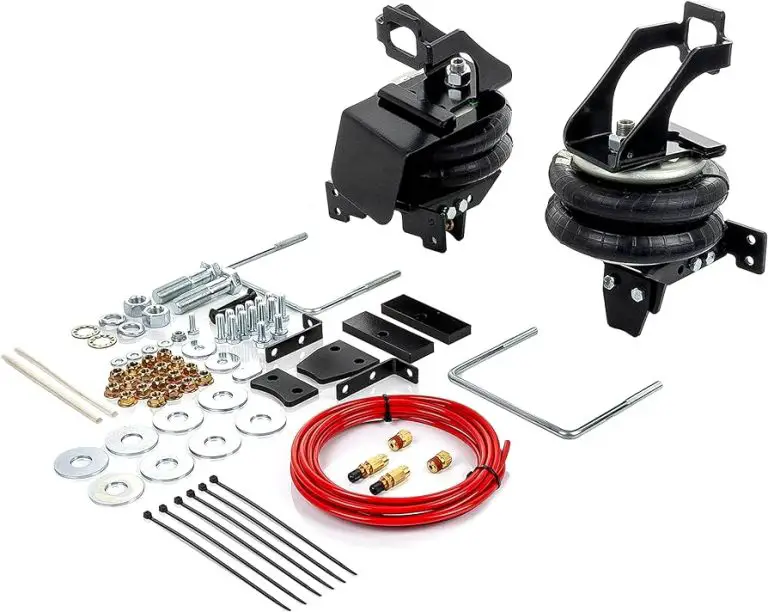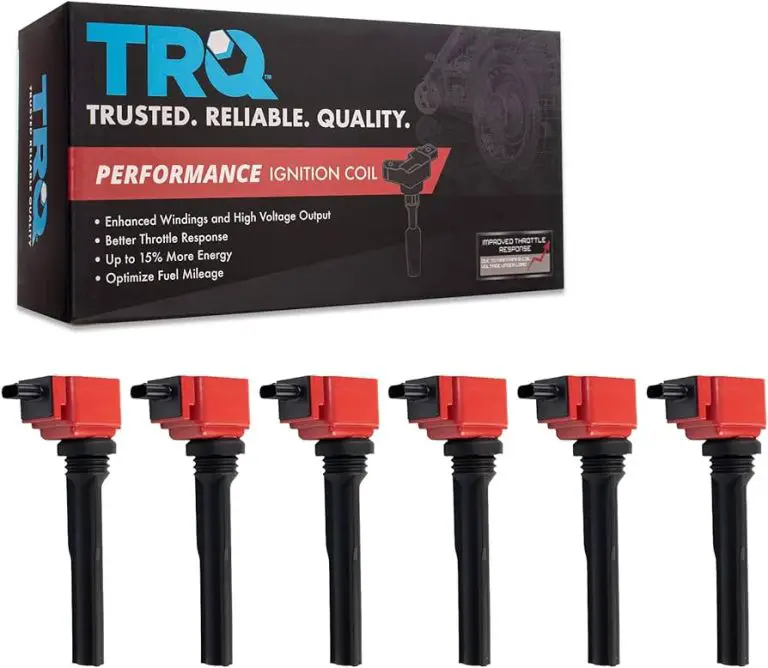What Does Ohm Mean For Speakers – What’S Impedance?
Ohms in speakers refer to the unit of electrical resistance, specifically a speaker’s resistance to an amplifier’s power. Speaker impedance, measured in ohms, indicates the amount of resistance the speaker provides to the current flowing from an amplifier.
Higher ohms indicate more resistance, requiring more power to drive the speaker to the same volume. Understanding speaker impedance is essential to ensure optimal sound quality and compatibility with audio equipment.
Ohm’s Definition And Speaker Function
Ohm is a unit of electrical resistance that is used to measure a speaker’s resistance to an amplifier’s power. In the context of speakers, impedance indicates how much resistance the speaker provides to the current flowing from an amplifier. The higher the impedance in ohms, the more resistance the speaker has, which means it requires more power to be driven to the same volume compared to speakers with lower impedance. The speaker ohm rating is an indication of the speaker’s AC impedance, which can vary with the frequency of the input signal. It is important to match the impedance of the speakers with the amplifier to ensure optimal performance and prevent damage to the equipment. Understanding impedance is crucial for achieving the best audio quality and avoiding any potential issues.
Impedance Interaction With Amplifiers
Impedance is a term that refers to the resistance of power in speakers. It measures how much resistance a speaker provides to the current flowing from an amplifier. The impedance rating of a speaker is typically measured in ohms. In general, the higher the ohm rating, the more resistance the speaker has, which means it requires more power to achieve the same volume as a speaker with a lower ohm rating.
When it comes to amplifier performance, it is important to match the speaker ohms with the amp ratings. Mismatched impedance can have consequences on the sound quality and overall performance. If the speaker ohms are too low for the amp ratings, it can cause the amplifier to work harder than it should, potentially leading to distortion or even damage. On the other hand, if the speaker ohms are too high for the amp ratings, it may result in a weaker sound output.
Therefore, it is crucial to choose speakers with an impedance rating that is compatible with the amplifier’s specifications. This will ensure optimal performance and prevent any potential issues that may arise from mismatched impedance. It’s worth noting that different speaker configurations, such as series and parallel setups, can also affect the impedance and should be taken into account when selecting speakers.
Common Speaker Impedance Questions
In the world of speakers, impedance is a key factor to consider. Impedance refers to the resistance a speaker presents to the power from an amplifier. It is measured in ohms, which is a unit of electrical resistance. When it comes to speaker impedance, there are common questions that often arise.
One of the debated topics is the sound quality difference between high and low ohms. Some people believe that higher ohms result in better sound quality, while others argue that lower ohms produce better sound. However, it’s worth noting that the impact of impedance on sound quality is subjective and can vary depending on the specific speaker and amplifier combination.
There are also myths surrounding the relationship between ohms and speaker loudness. Contrary to popular belief, higher ohms do not necessarily mean louder speakers. Speaker volume is primarily determined by the power output of the amplifier, not the speaker impedance.
Another aspect to consider is the impact of impedance on speaker durability. Generally, speakers with higher impedance values tend to be more durable and can tolerate higher power levels without damage. However, this doesn’t mean that speakers with lower impedance ratings are not durable. The overall build quality and design of the speaker play a significant role in its durability.
Optimizing Your Speaker’s Ohms And Impedance
When it comes to optimizing your speaker’s ohms and impedance, choosing the right impedance for your setup is crucial. Impedance refers to the speaker’s resistance to an amplifier’s power and is measured in ohms. It determines how much power the speaker will draw from the receiver.
When considering impedance in a speaker purchase, it’s important to match the speaker’s impedance with the amplifier or receiver to prevent any compatibility issues. Using a speaker with a higher impedance will require more power to reach the same volume, while a lower impedance will draw more power from the receiver.
If you need to adjust speaker impedance, be aware that it’s not recommended to mix speakers with different impedance ratings in the same setup. It’s best to stick with the recommended impedance for your speakers to ensure optimal performance.
Practical Impedance Knowledge For Audiophiles
Speaker impedance is a crucial factor for audiophiles to consider when it comes to speaker wiring. The impedance of a speaker refers to its resistance to an amplifier’s power. It is measured in ohms and determines how difficult it is to power a speaker. Different wiring configurations, such as series and parallel, can have varying impedance outcomes.
In series wiring, the total impedance of speakers increases. It means that when you connect speakers in series, the overall resistance becomes higher. On the other hand, parallel wiring results in lower impedance. When speakers are connected in parallel, the total impedance decreases.
Understanding the impedance sweet spot is essential for optimal sound quality. It is recommended to match the speaker impedance with the amplifier’s output impedance for maximum efficiency. Moreover, it ensures that the speaker receives the appropriate amount of power for optimal performance.
In conclusion, having a practical understanding of speaker impedance and its relationship with wiring configurations is crucial for audiophiles. Consider the impedance sweet spot to achieve the best sound quality.
Advanced Ohm Concepts In Speaker Technology
An ohm is a unit of electrical resistance. In the context of speakers, impedance refers to a speaker’s resistance to an amplifier’s power. It measures how much resistance the speaker provides to the current flowing from an amplifier, indicating the difficulty to power the speaker. Generally, most speakers have impedance ratings measured in ohms.
When it comes to impedance fluctuations with frequency, speakers often exhibit variable resistance at different frequencies, resulting in impedance curves. These curves can impact sound tuning and the overall performance of the speaker system. Understanding and deciphering these curves becomes crucial for fine-tuning sound quality.
In terms of passive vs active speaker impedance, passive speakers rely on external amplifiers to power them and usually have higher impedance ratings. On the other hand, active speakers have built-in amplifiers, allowing for lower impedance ratings. The choice between passive and active speakers should be made considering specific needs and preferences.
It’s important to note that impedance alone doesn’t directly correlate to sound quality. Other factors such as driver design, construction quality, and crossover implementation also contribute to overall speaker performance. While impedance affects power requirements, it is not the sole determinant of sound quality.
Conclusion
Understanding the concept of impedance, specifically in the context of speakers, is crucial for optimizing sound quality. Ohms, which measure electrical resistance, play a significant role in determining the speaker’s relationship with the amplifier’s power. A higher impedance means more resistance and requires more power to reach the same volume.
It is important to consider the speaker’s ohm rating to ensure compatibility with the receiver and avoid potential damage. Ultimately, finding the right balance between impedance and wattage is key to achieving optimal sound performance.





